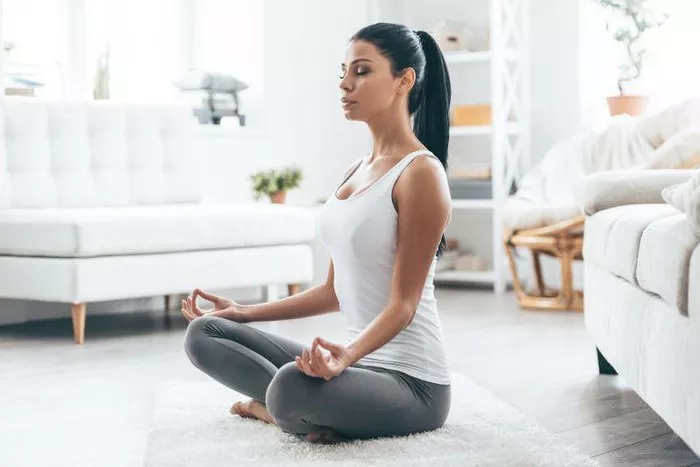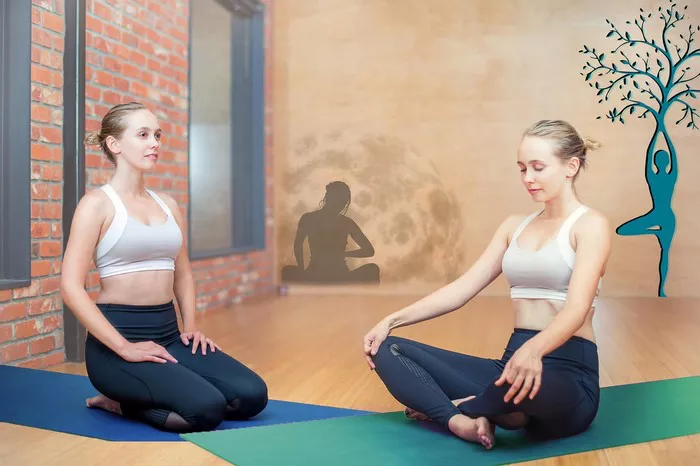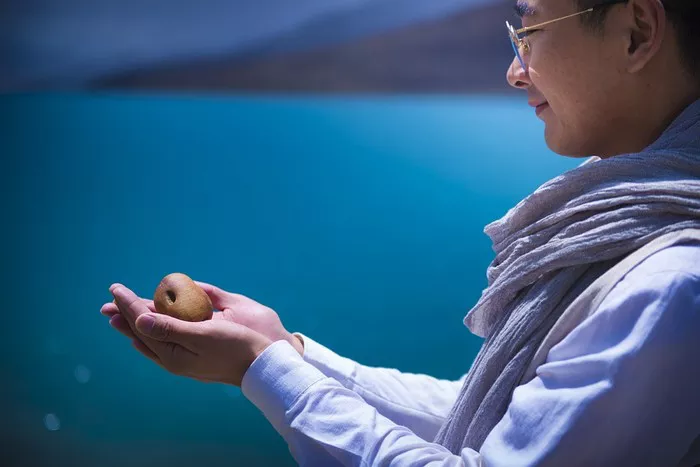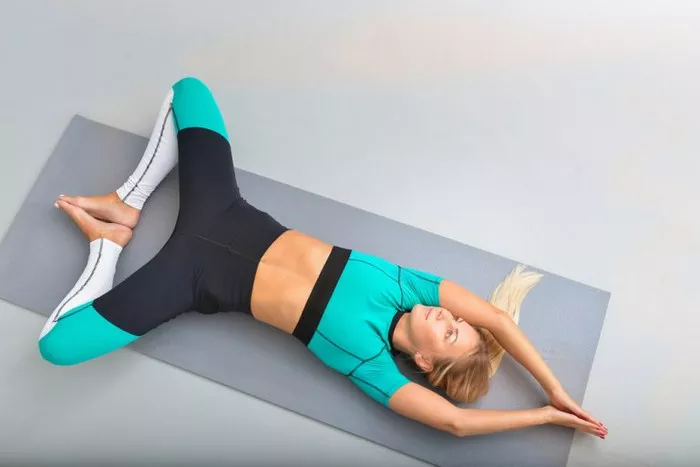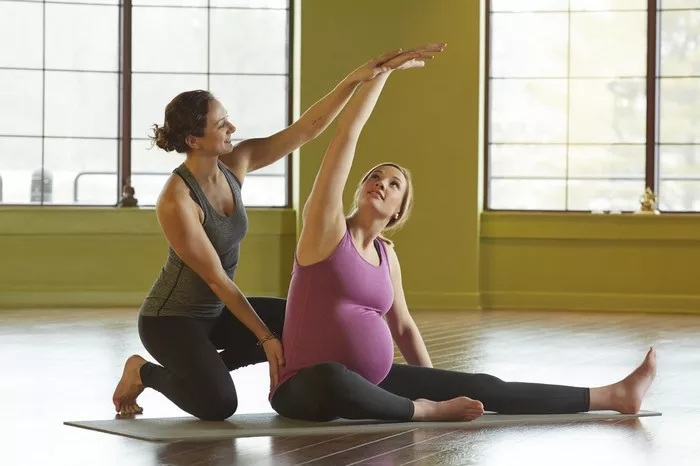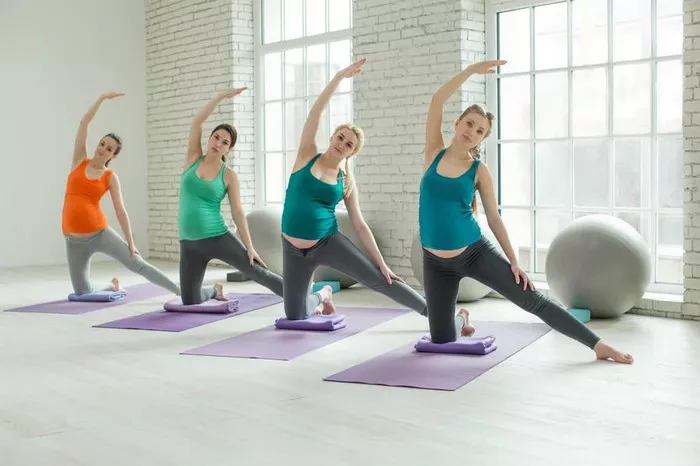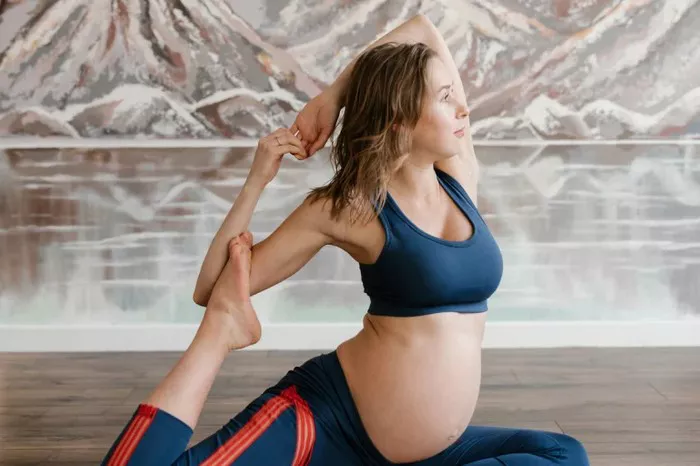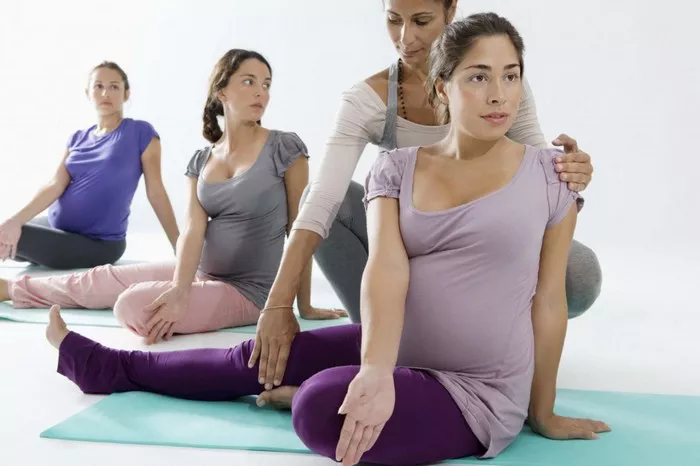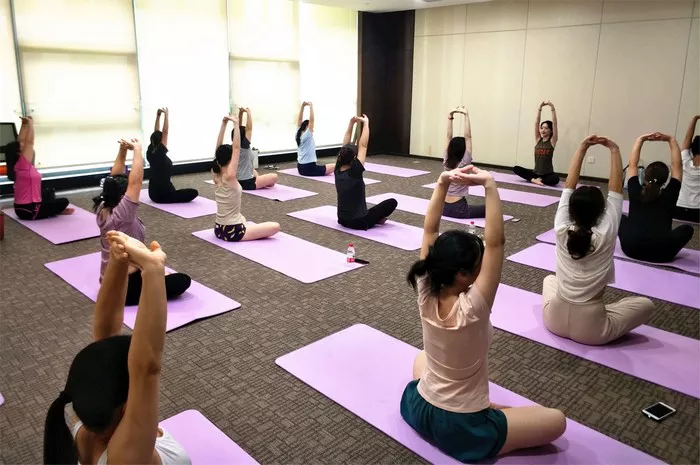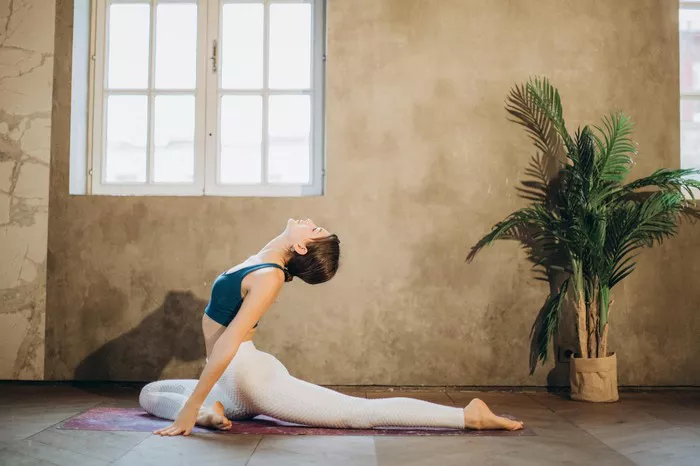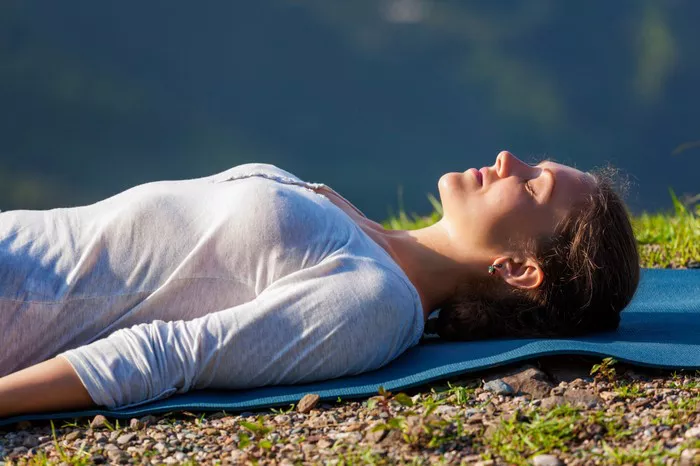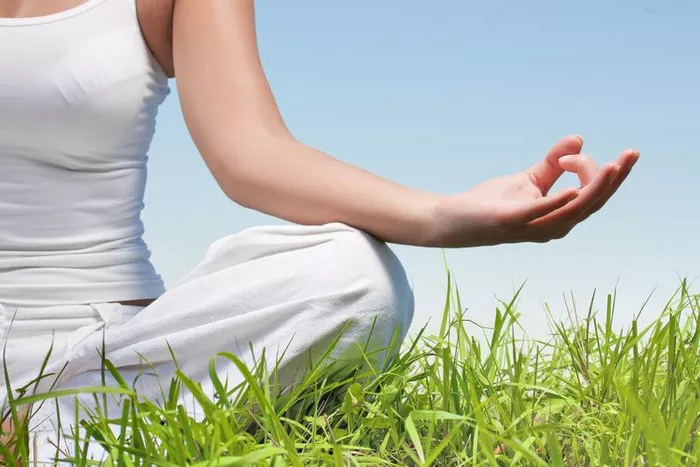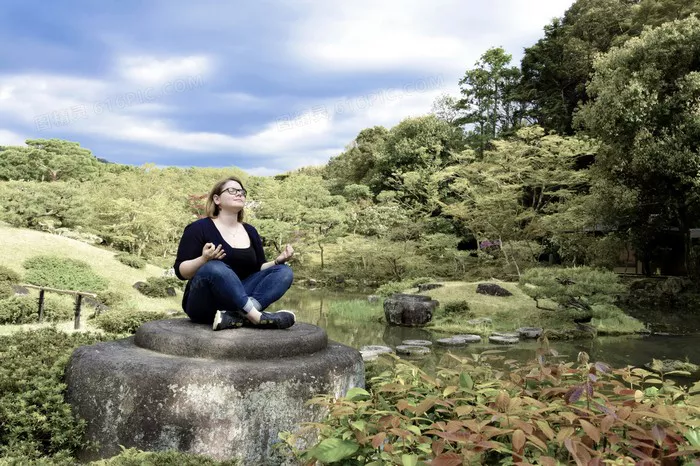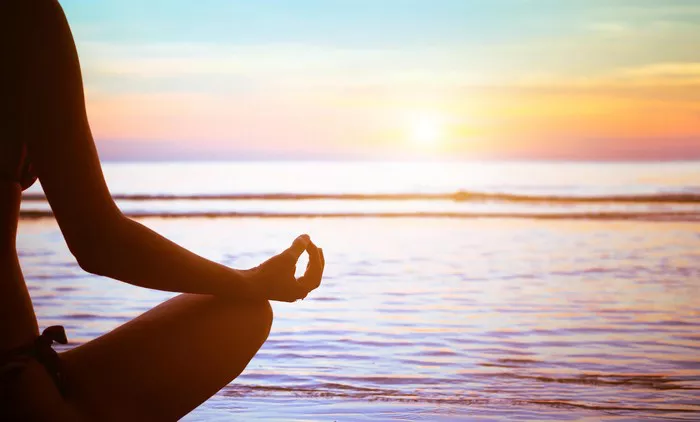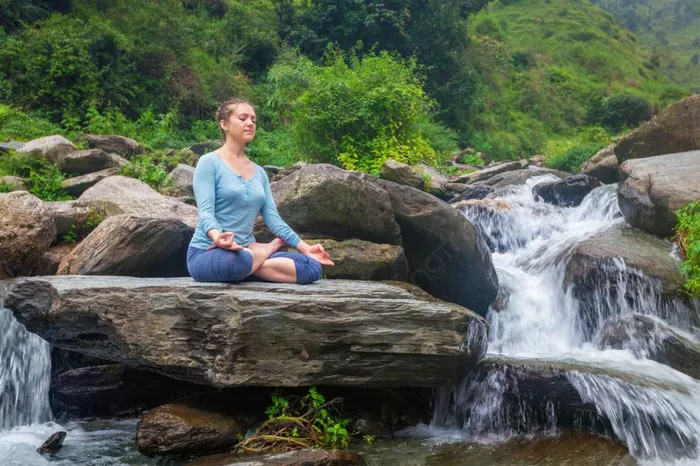Yoga, an ancient discipline that harmonizes the body, mind, and spirit, is vast and varied, encompassing a wide range of postures (asanas), breathing techniques (pranayama), and meditative practices. As a system designed to promote physical health, mental clarity, and spiritual insight, yoga has evolved into numerous styles over the years—each with its unique approach and emphasis.
However, despite the many variations of yoga practiced today, there is one yoga pose often referred to as the “mother of all yoga poses” due to its foundational role in yoga practice. This pose, known as Adho Mukha Svanasana in Sanskrit, or more commonly as Downward-Facing Dog in English, holds a special place in the world of yoga. It is a posture that is frequently practiced in most yoga styles, from Hatha to Vinyasa, Ashtanga to Iyengar, and beyond.
In this article, we will explore what makes Downward-Facing Dog so significant, its many benefits, how to perform it correctly, and why it is often considered the mother of all yoga poses.
Understanding Downward-Facing Dog
Downward-Facing Dog is a pose that forms the foundation of many yoga sequences. It is an inverted, V-shaped pose that stretches and strengthens the body while promoting overall balance and alignment. To perform the pose, the practitioner starts on their hands and knees, then lifts their hips towards the ceiling, creating an inverted “V” shape with the body. The hands are pressed firmly into the mat, and the feet are also grounded, with the body forming an elongated line from the heels to the head.
While it may appear simple at first glance, the Downward-Facing Dog requires a balance of flexibility, strength, and mindfulness. It serves as both a rest pose and an energizing one, allowing the practitioner to stretch deeply while also engaging various muscle groups.
Why is Downward-Facing Dog the “Mother” of All Yoga Poses?
Foundational Importance in Yoga Sequences
Downward-Facing Dog is often used as a transition pose in many styles of yoga, particularly in Vinyasa and Ashtanga. It is frequently seen in Sun Salutations (Surya Namaskar), one of the most common sequences practiced worldwide. The pose provides a moment of rest and reset between more intense postures, allowing the practitioner to gather strength, lengthen their spine, and prepare for the next movement.
The reason it is considered the “mother” pose is because of its centrality in yoga practice. It is often one of the first poses beginners are taught, as it serves as a fundamental shape for understanding proper alignment, balance, and body awareness. In many ways, the Downward-Facing Dog acts as the starting point for an entire yoga session, especially in flowing sequences where it connects one posture to the next.
Holistic Physical Benefits
Downward-Facing Dog offers a wide range of physical benefits. As a compound pose that stretches and strengthens multiple areas of the body simultaneously, it serves as a complete physical workout in a single movement. Here are some of the primary benefits:
- Full Body Stretch: The posture stretches several major muscle groups, including the hamstrings, calves, and lower back. The spine also benefits from being lengthened and stretched.
- Strengthens the Upper Body: When performed correctly, the pose requires the practitioner to engage the arms, shoulders, and core muscles, providing a strengthening effect. The weight-bearing nature of the pose also helps to strengthen the bones in the wrists and arms.
- Improves Posture: Downward-Facing Dog encourages proper alignment of the spine, which can counteract the effects of poor posture caused by sitting or standing for extended periods.
- Stimulates Blood Flow: The inversion in the pose helps to increase circulation to the head and upper body, which can promote mental clarity and reduce stress.
- Improves Flexibility: As the hamstrings, calves, and lower back lengthen over time, flexibility improves. This can lead to greater mobility in daily activities and in other yoga poses.
Mental Clarity and Focus
In addition to the physical benefits, Downward-Facing Dog is also beneficial for mental focus and clarity. The pose helps to calm the mind and bring attention to the present moment. The inversion stimulates the nervous system, which can reduce anxiety, stress, and mental fatigue. The pose encourages practitioners to breathe deeply and stay present with the sensations in the body, which fosters mindfulness and mental discipline.
It is not uncommon for yogis to experience a sense of mental renewal and clarity after practicing Downward-Facing Dog, as it allows the mind to “reset” and shift focus away from external distractions. This is one of the reasons why it is often considered a “restorative” pose, offering a brief respite during more intense practices.
A Symbol of Balance
Downward-Facing Dog is a pose that embodies the concept of balance in yoga. The practitioner must balance weight between their hands and feet while maintaining a strong, yet relaxed, body posture. This balance of strength and flexibility is a central theme in yoga as a whole. The pose teaches how to engage muscles while also allowing areas of the body to release and relax. This balancing act is not just physical but extends to the mental and emotional realms as well.
By practicing Downward-Facing Dog, yogis learn how to approach challenges with both strength and ease, recognizing that balance is key to overcoming obstacles both on and off the mat.
How to Perform Downward-Facing Dog Correctly
While Downward-Facing Dog is a simple pose, performing it correctly requires attention to detail and mindfulness of the body. Here’s a step-by-step guide to ensure proper alignment and technique:
Start in a Tabletop Position: Begin on your hands and knees, with your wrists directly under your shoulders and your knees directly under your hips. Spread your fingers wide and press them firmly into the mat.
Lift the Hips Up: As you exhale, slowly lift your hips toward the ceiling, keeping your arms straight and your legs slightly bent if necessary. Your body should form an inverted “V” shape, with your head between your arms, your ears aligned with your upper arms, and your spine lengthening.
Press into the Hands and Feet: Focus on pressing your palms into the mat, spreading your fingers wide for stability. Your feet should be hip-width apart, with your toes pointing straight ahead. Press your heels towards the mat, but don’t worry if they don’t touch the floor immediately. The goal is to lengthen the spine, not force the heels down.
Engage the Core: Draw your belly button in towards your spine to engage your core muscles. This will help protect your lower back and maintain stability in the pose.
Relax the Neck: Keep your neck long and relaxed by allowing your head to hang between your arms, with your gaze directed towards your thighs or navel.
Breathe Deeply: Continue to breathe deeply and evenly. Each inhale creates space in the body, and each exhale deepens the stretch.
Hold the Pose: Hold the pose for 5-10 breaths, or longer if it feels comfortable. To come out of the pose, gently bend your knees, lower your hips back down, and return to the tabletop position.
Variations of Downward-Facing Dog
For beginners or those with limited flexibility, there are several modifications and variations of Downward-Facing Dog that can be helpful:
Bend the Knees: If your hamstrings are tight, bend your knees slightly to help lengthen your spine without straining.
Use Blocks: Placing yoga blocks under your hands can provide extra support, especially if you have wrist or shoulder issues.
Wide-Legged Downward Dog: If you want to deepen the stretch in your lower back and hips, you can widen your feet slightly. This variation is helpful for those with tight hips.
Conclusion
Downward-Facing Dog, or Adho Mukha Svanasana, is truly the mother of all yoga poses. It is not only a fundamental posture that is widely practiced across yoga styles, but it also provides numerous physical, mental, and emotional benefits. From its role in strengthening the body and improving flexibility, to its ability to foster mindfulness and inner balance, this pose is central to yoga practice and offers something for practitioners at all levels.
Whether you are a beginner or an experienced yogi, Downward-Facing Dog is a pose that will continue to provide growth, challenge, and peace on your yoga journey. By understanding its significance and incorporating it into your practice with attention and intention, you can unlock its full potential and reap the benefits of this foundational pose.
Related Topics:


